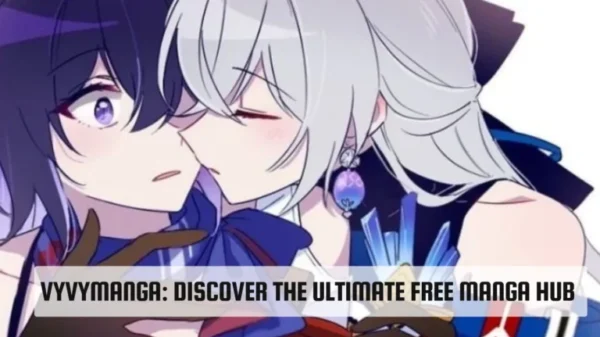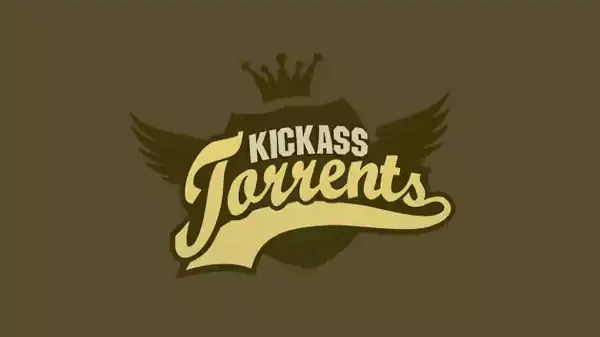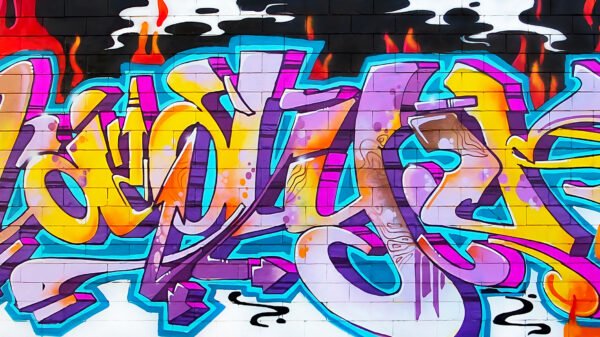Since its groundbreaking release in 2001, Halo: Combat Evolved has remained a cornerstone of the gaming world. The game’s innovative mechanics, immersive universe, and thrilling multiplayer modes were significant, but another less-discussed yet equally important aspect of the Halo franchise is its visual branding — specifically, its game icons and banners. The visual design language associated with Halo not only helped to establish a distinct identity for the game but also became a powerful symbol of its lasting legacy. This article delves deep into the design evolution of Halo (2003) game icons and banners, examining their cultural impact and how they continue to resonate within the gaming community.
The Origins of Halo (2003) Game Icons and Banners
When Halo: Combat Evolved debuted in 2001, its visual design was carefully crafted to convey the scope and intensity of the game. The banners and icons associated with Halo were created with a specific purpose: to stand out in a competitive marketplace. In an era dominated by first-person shooters, Halo needed to offer something unique — not just in terms of gameplay but also in terms of visual aesthetics.
The original Halo game icons and banners were designed with clean lines, bold typography, and a color scheme that embodied the game’s military sci-fi tone. Iconic images such as the Master Chief helmet and the distinct green and blue hues of the logo became instantly recognizable. These symbols were designed to be simple but memorable, serving as a visual shorthand for the entire Halo universe. They weren’t just branding; they were a part of the narrative, pulling players into the rich, immersive world of the game.
The Role of Symbology in Halo’s Visual Design
A defining characteristic of the Halo series is its use of symbology in its design elements. In the early 2000s, most game icons and banners were relatively basic, often prioritizing function over form. However, Halo took a different approach. The banners and icons weren’t just functional; they were symbolic.
One of the most prominent visual elements of the original Halo banner was the use of the circular icon that represented the Halo rings. This not only served as a narrative device but also became a visual motif that would be used throughout the game’s sequels, marketing materials, and spin-offs. The simplicity of the circular ring icon — stark against a background of space or planetary surfaces — was designed to be eye-catching and immediately recognizable.
Master Chief’s iconic helmet also played a pivotal role in Halo’s visual branding. The helmet, often seen in banners or as part of icons, became a representation of the faceless, stoic hero that players would embody. Even without any detailed facial features, the helmet alone became synonymous with the Halo brand. Its angular, imposing design represented strength, mystery, and the futuristic setting of the game.
The symbology embedded in Halo’s visual design helped to create a strong brand identity that resonated with players. These images were more than just pictures on a screen; they became part of the lore, adding layers to the story that unfolded in the gameplay itself.
Evolving Designs: Halo 2 and Beyond
As the Halo series continued to grow, so did its visual identity. Halo 2 (2004) introduced more sophisticated and refined game icons and banners, building on the foundation set by the original game. The design elements became sharper, more polished, and better integrated into the evolving universe of Halo.
One of the most noticeable shifts in the design of the game icons and banners came with the introduction of more complex color schemes. Halo 2 utilized more metallic tones and darker hues to reflect the more mature, darker themes of the game. While the Master Chief’s helmet remained central to the banners, there were new visual elements introduced, such as the dual-wielding weapons, which became a key gameplay feature. These new symbols served to visually represent the game’s expanding mechanics while keeping the core identity intact.
Halo 3 and subsequent releases further expanded on the designs, utilizing more advanced graphics technologies to create detailed, high-definition banners and icons. By this point, the series had a well-established visual identity, but the designers continued to innovate, introducing more intricate designs that incorporated both old and new elements.
For instance, Halo 3’s banners often showcased Master Chief in iconic action poses, with explosions and dramatic lighting in the background, setting a tone of epic scale and drama. The designs were created to evoke emotion and anticipation, signaling the importance of each new installment in the Halo franchise.
Impact on Gaming Culture and the Industry
The influence of Halo game icons and banners extended beyond just the game’s immediate player base. They became ingrained in gaming culture, symbolizing a new era of first-person shooters and the rise of competitive multiplayer modes. For many, the simple image of Master Chief or the Halo ring evoked memories of LAN parties, all-night gaming sessions, and the camaraderie of multiplayer battles.
The Halo icons and banners became synonymous with gaming excellence. Major gaming events, from E3 showcases to competitive esports tournaments, prominently featured Halo branding. The banners and icons were more than just marketing tools; they were symbols of an era of gaming that many players hold in high regard. Over time, these designs have come to represent not just a game but a shared cultural experience.
Design Trends Set by Halo (2003) Game Icons and Banners
The innovative visual branding that started with Halo: Combat Evolved also helped set trends within the industry. Many games that followed drew inspiration from Halo’s approach to visual storytelling and symbology. The use of simple but effective icons, combined with rich, narrative-driven banners, became a staple in the marketing and presentation of subsequent first-person shooters.
Halo’s design language proved that game icons and banners could be more than just placeholders or promotional material; they could enhance the overall experience. Many games began to adopt similar strategies, placing greater emphasis on the importance of visual design in creating a lasting impression.
The Lasting Legacy of Halo (2003) Game Icons and Banners
The Halo franchise is often celebrated for its revolutionary gameplay and storytelling, but its visual branding deserves equal recognition. The Halo (2003) game icons and banners have left an indelible mark on gaming history. Even today, more than two decades after the release of the original game, these designs continue to be used, celebrated, and referenced in both gaming and popular culture.
Master Chief’s helmet, the circular Halo ring, and the distinctive green and blue color scheme remain as iconic as ever. These symbols represent not just the game but an era of innovation, creativity, and cultural significance. The design evolution of these icons and banners mirrors the growth of the Halo franchise itself, transitioning from a groundbreaking game to a cultural phenomenon.
In conclusion, the Halo (2003) Game Icons Banners are more than just design elements; they are a crucial part of the franchise’s identity and lasting legacy. They have helped to define an era of gaming, set new trends in visual design, and created a lasting connection between players and the game’s universe.
FAQs
Q: What was the significance of the Master Chief’s helmet in Halo’s visual branding?
A: The Master Chief’s helmet became an iconic symbol of the Halo franchise, representing the faceless, stoic hero. Its angular, imposing design became synonymous with the game’s futuristic and militaristic tone, making it an enduring element of the franchise’s visual identity.
Q: How did the Halo game icons and banners evolve over time?
A: The icons and banners evolved to incorporate more sophisticated designs, such as advanced color schemes, metallic tones, and high-definition graphics, while still maintaining core elements like the Master Chief helmet and the Halo ring.
Q: Why are the Halo (2003) game icons and banners considered significant in gaming culture?
A: The Halo icons and banners became symbols of the game’s innovation and cultural impact, representing a new era of first-person shooters. They helped define gaming experiences for millions of players and continue to be iconic representations of the franchise today.















































